Cylindrical empire: description, planting and care
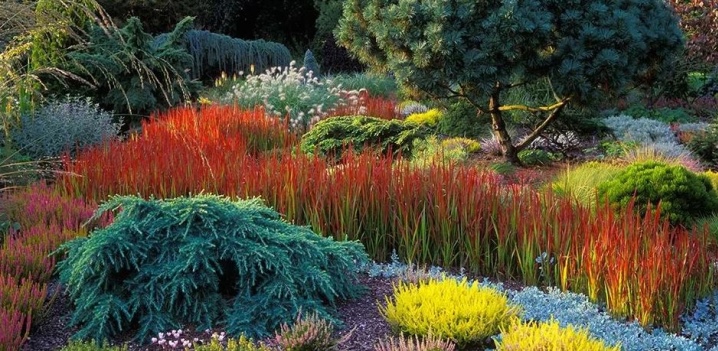
Currently, a large number of garden plants are known that are used by gardeners to decorate their plots. An interesting representative of the flora is the cylindrical imperial. This ornamental plant is used in medicine, landscape design.
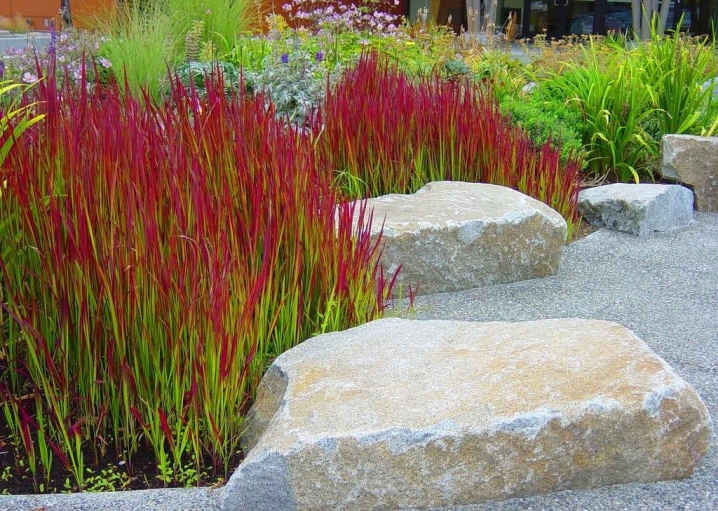
Description
Cylindrical emperor is a perennial herbaceous member of the cereal family. Other names of the culture: impera reed, cylindrical lagurus, alang-alang, red lightning, bloody Japanese grass. The plant can be 0.8 meters tall, but it often grows up to 0.5 meters. The stem of the culture is erect. The imperates cylindrical sheet has an external resemblance to the blade of a wide knife. Leaflets are oblong, rigid, with pointed tips. Their arrangement on the stem is characterized by sequence and upward aspiration. Young foliage is often bright green with reddish tips. Over time, the leaves acquire a ruby color.
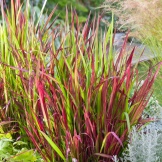

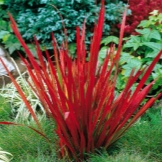
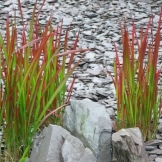
In natural conditions, the bloody Japanese grass blooms in the spring. During this period, the plant looks quite attractive. The flowering of emerata reed is a rather rare phenomenon that practically does not occur in the cultivation of grass. During this period, fluffy silvery inflorescences appear on the Alang-Alang. The panicle reaches 0.15 meters in length.
However, even the absence of red lightning bloom does not make it less attractive. The decorativeness of the shrub is given by bright leaves with an interesting shape. The homeland of culture can be called Southeast Asia, namely: Japan, Korea, China. This representative of the flora is found in all parts of the world where there is a temperate climate. Farmers in the United States have recognized the imperial cylindrical evil weed.
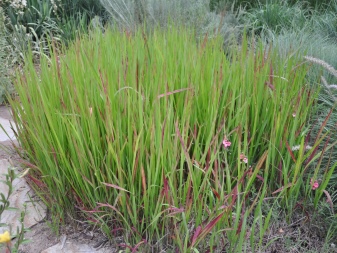
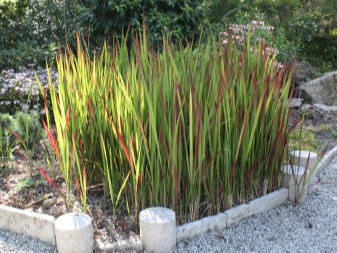
The dense, tough foliage of Lagurus cylindrical is not used as livestock feed. New Guineans use the leaves of the impera cylindrical to cover the roofs of their homes. This durable coating can withstand wind and rainfall. The roots of the plant contain elements that moisturize the skin, so they are an excellent ingredient for creams and emulsions. In China, alang-alang is used in the brewing process.
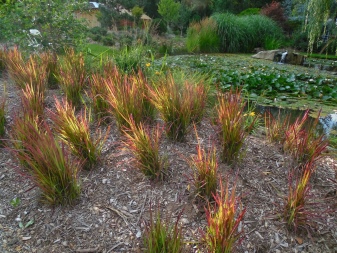
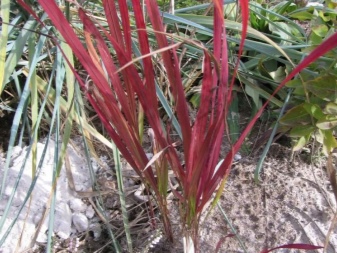
Varieties
The most popular variety of imperates cylindrica, which is grown on a private territory, is considered "Red Baron"... This is a tall representative of its family - the bush can grow up to 80 centimeters. Beautiful inflorescences of the plant have the appearance of a spike-shaped panicle. The winter hardiness of the Red Baron is at a high level, so the culture can survive even a harsh winter.
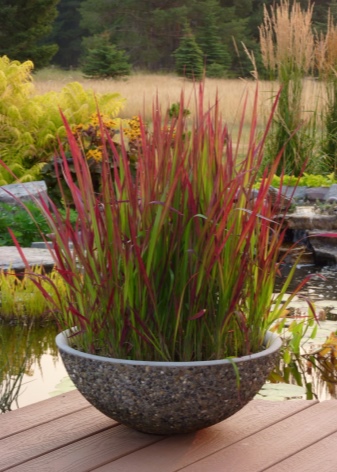
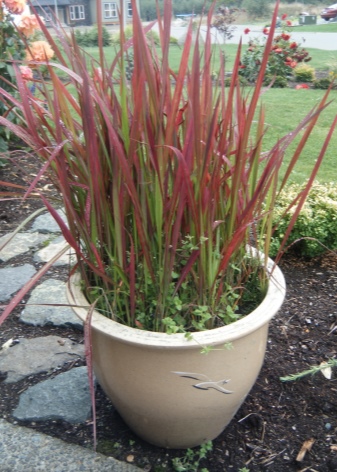
How to plant?
Since the bloody Japanese grass does not have the ability to actively multiply, it can be planted without fear of other plants. The optimal temperature regime for planting a crop is 22-27 degrees Celsius. If the site is in a harsh climate, it is recommended to pre-germinate the impera in a container. To obtain the required amount of heat and light, the cylindrical lagurus should be planted in the south or west of the territory. Growth in partial shade is also possible, but at least a few hours a day the crop should receive sunlight. Lack of sunlight can lead to a decrease in the decorative effect of the plant.For planting shrubs, light loams, sandstones are suitable, in which moisture does not stagnate, ventilation is carried out. The acidity of the soil should be in the range of 4.5-7.8.

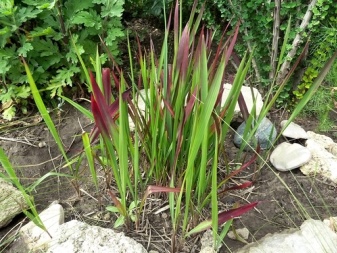
Do not forget about the formation of a drainage layer at the bottom of the hole. The planting hole is dug spacious, its dimensions should be 2 times the size of the root system of the culture. In addition to the drainage layer, compost is poured on the bottom and mineral fertilizer on top of it. The seedling should be carefully placed in the hole and sprinkled with fertile soil. After that, the substrate is irrigated and compacted. The near-stem circle of the plantation must be mulched with peat or compost. The mulch layer should be 3 centimeters.
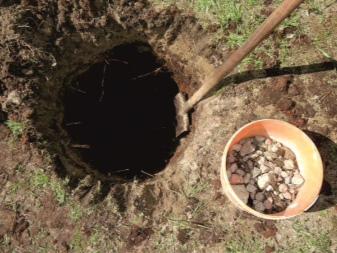
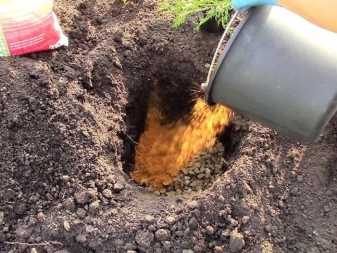
How to take care of it properly?
In order for the cylindrical imperato to grow beautiful and decorate the territory, it should be provided with proper care. Inconvenience during the procedures can be caused by thorny shoots of the plant, therefore, when working with the imperate, it is worth wearing gloves.
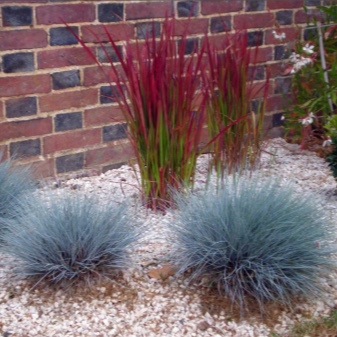
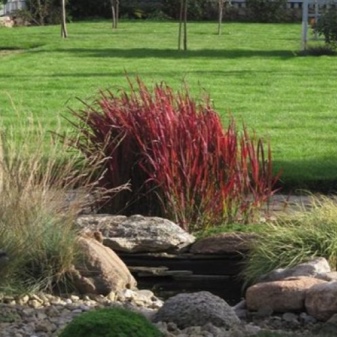
Watering
In hot and dry weather, the cylindrical lagurus should be watered regularly. To check the moisture content of the soil, it is necessary to go deep into the ground by 5-10 centimeters. If the soil is 2 centimeters thick, then the shrub should be moistened. The plant has no requirements for air humidity. presents.
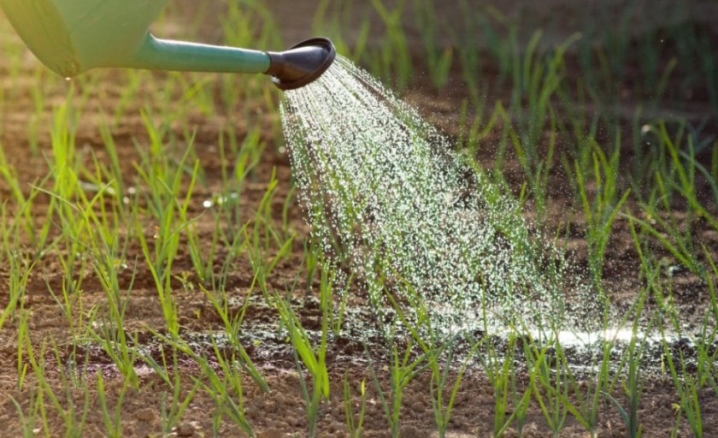
Top dressing
If Alang-Alang is planted correctly, then it does not need additional fertilizers. In the first days of spring, he will need potassium-based feeding. In the autumn, compost is added to the substrate. During the growing season, the culture is fed with complex fertilizer or organic fertilization.
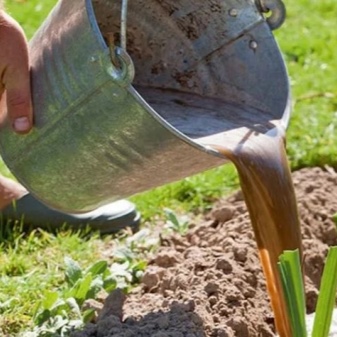
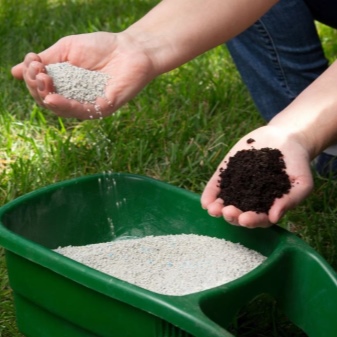
Preparing for the winter period
Cylindrical emperor tolerates frosty winters well. She is able to survive up to 26 degrees of frost without additional shelter. When predicting low temperatures, experts recommend insulating the shrub with peat or mulch based on dry leaves. It is also worth covering the red zipper with an old blanket. In a cold climatic zone, bloody Japanese grass is germinated in containers and placed in a warm place for the winter. Every year in the fall, the shoots of the culture should be cut off 0.1 meters from the earth's surface. At the end of the growing season, it is worth mulching the plant. Before winter, cut off the green twigs. From time to time, it is worth rejuvenating the old imperials by digging up the shoot to the root.
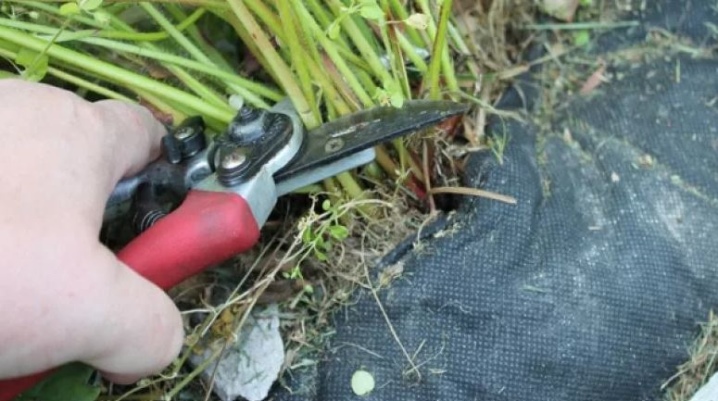
Reproduction methods
Reproduction of bloody Japanese grass is possible vegetatively, using seeds and seedlings. In an area dominated by a temperate climate, seeds are characterized by low germination. For this reason, it is better to use another breeding option in this area. If you want to plant seeds, it is better to do this in the second half of March - first half of April. The site should be loosened, cleaned of weeds and debris. Seeds should be placed in slightly damp soil. The next step is to sprinkle the planting material with a thin layer of substrate. If necessary, seedlings can be thinned and watered.
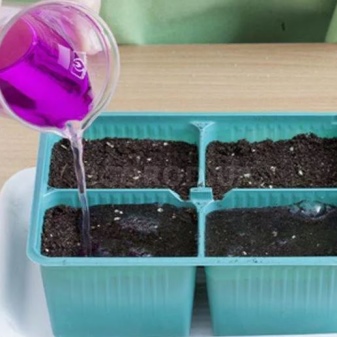

Growing seedlings is considered a more reliable breeding option for the impera cylindrical. For this purpose, it is better to take a 1000 ml pot and a fed substrate. The seeds should be spread out on the earth's surface with a distance of 4 centimeters, pressing them a little into the soil. The next step is to irrigate the planting material with a spray bottle.
Further, the plantings are covered with polyethylene to obtain a greenhouse effect. Gardeners should not forget about periodic ventilation of the culture. For good germination of seedlings, a temperature of 25 degrees Celsius and diffused type of lighting are required. When the first shoots appear, it is worth removing the film. Before planting seedlings in open ground, they must be hardened for 10 days. Planting is best done only after warm weather has stabilized. Saplings are placed at a distance of 0.4 meters from each other.
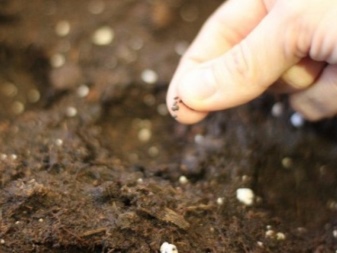
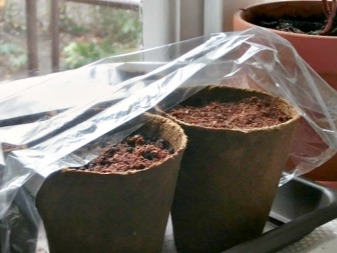
Vegetative propagation is the division of the root system of an adult shrub. It is advisable to carry out the process in the spring, when the soil is well moistened. The emperor must be carefully dug up, then part of the root must be separated from the plant. The pit is dug in advance with a depth of 0.2 meters. The plank should be placed in a hole, then sprinkled with soil, tamped, watered abundantly and mulched with peat or compost.
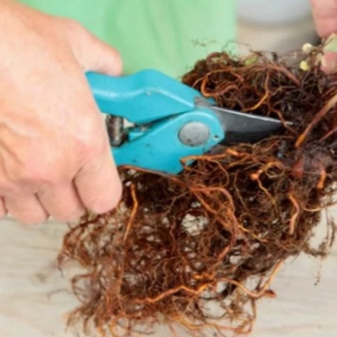
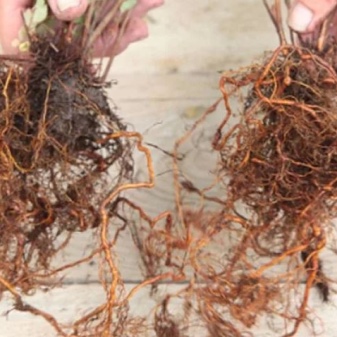
The gardener should make sure that the soil does not dry out. Provided that the measures are carried out correctly, shoots can be expected after 30 days.
Diseases and pests
The ornamental bloody Japanese grass is characterized by high immunity. When choosing the right site for the growth of a crop, you do not have to worry about diseases and pest attacks. Possible difficulties in growing a plant include the following:
- the spread of fungal infections, provided that the soil is waterlogged - in this case, fungicide treatment can help the impera;
- poor survival rate in case of insufficient soil moisture;
- lack of beauty on the sheet plates, which occurs when there is a lack of lighting.
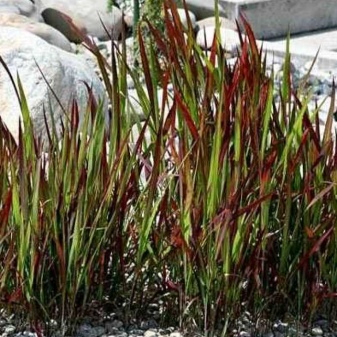
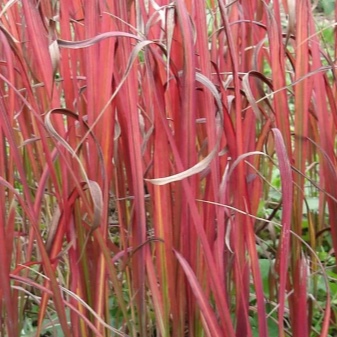
Use in landscape design
Impeperata cylindrical is often used in the design of territories, since it is considered an ornamental plant. Often, gardeners use culture to form Japanese gardens. Red lightning looks decent in a mixborder in conjunction with cereal vegetation. The original herb is considered a worthy neighbor for juniper, millet, miscanthus, hornbeam, barberry, elderberry, primrose, cypress, rose of a bright color shade.
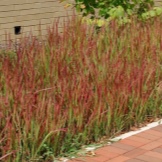
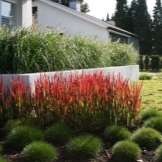

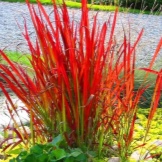
Due to its versatility, the culture can be used for planting in a garden with clipped trees, in English-style landscapes, prairies, near conifers. Alang-alang can be planted in a pots or container. Often, the cylindrical imperative is used in the formation of a dry bouquet and composition.
For information on how to properly care for the cylindrical imperate, see the next video.







































































































The comment was sent successfully.